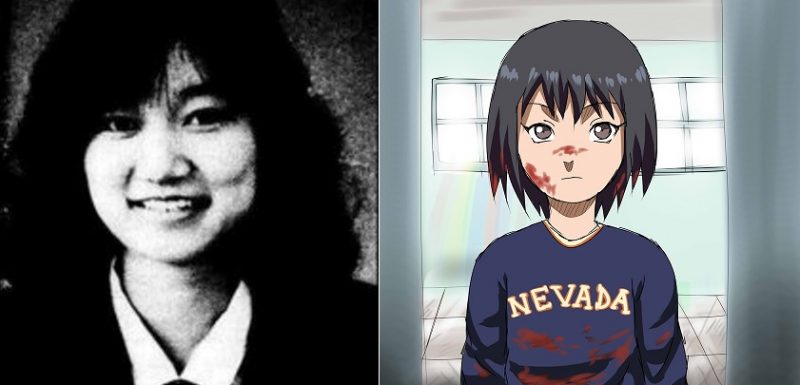The attack in Japan shocked the world (no doubt), former employee Satoshi Uematsu, 26 years old, killed 15 people and left 45 injured.
Despite having few crimes, we can say that these crimes are considered absurd level, high level. Because of the treatment of parents, culture, question of honor that applies in the country, etc.
We can say that Japan is not prepared for crime. Even the police rarely use weapons or fight criminals. In other words, if not even the police are “prepared” for heinous crimes, imagine the Japanese population.
Índice de Conteúdo
Some cases
Case Junko Furuta:
The case took place between November 1988 and January 1989. Four young men, including Jō Kamisaku, then 17 years old (Kamisaku was a new surname adopted by him after he was released from prison), kidnapped and held captive a third-year student. high school year for 44 days. The Japanese girl, Furuta Junko (古田順子), aged 17 at the time, was kidnapped, held captive, raped, tortured and brutally murdered.
Nevada-Tan Case: The Little Japanese Assassin
In the year 2004, a cruel crime terrorized Japan. The coldness with which an 11-year-old girl took the life of another 12-year-old girl ended up drawing the world's attention to yet another case, where the neglect of the bullying suffered by the killer contributed to her attitude. Natsumi has an inseparable friend named Satomi Mitarai, who is 12 years old. The two had been friends for several years and were always seen together, but fate wanted their friendship to turn into hate, thanks to an argument over popularity.
The little murderer was tried on September 15, 2004 and sentenced to 9 years in the reform school.
Natsumi Tsuji took her classmate Satomi Mitarai to an empty classroom. He blindfolded her with the excuse that he wanted to play a game with her. With her old friend blindfolded, and without another word, Natsumi cut Satomi's throat in cold blood with her stiletto.
Some assassins and their numbers
- Jonathan Nakada Ludeña – Peruvian Killed 6 people (A couple, two children and the mother and another elderly woman);
- Mamoru Takuma - Killed 8 people (8 children in a primary school);
- Tsutomu Miyazaki – Killed 4 people (4 girls aged between four and seven years old);
- Issei Sagawa - Case The Japanese Cannibal", killed the Dutch Renée Hartevelt;
Although crimes in Japan are very rare to occur, we must remember that rare can also be something dangerous.
Article written by: Leo Sadao






